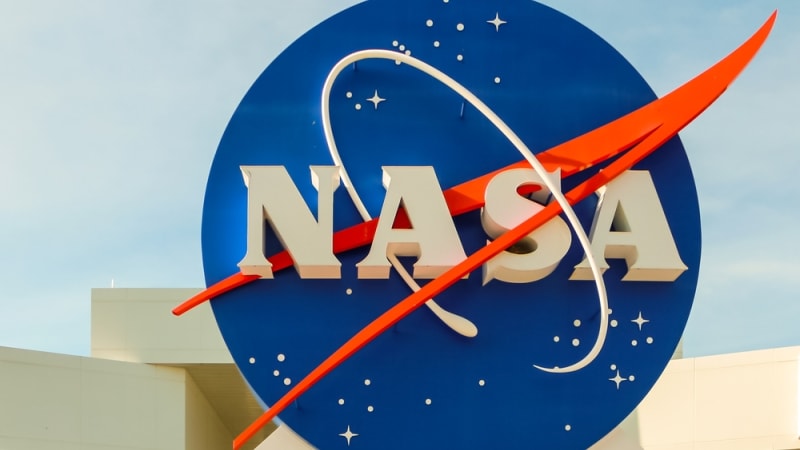
NASA’s Space Technology Mission Directorate’s (STMD) Associate Administrator James Reuter will be retiring from the agency at the end of June after 40 years of service, according to a May 9 agency announcement.
Reuter has led STMD since 2018. He was STMD’s deputy associate administrator from 2017 to 2018 and deputy associate administrator for programs from 2015 to 2017. Before joining STMD, Reuter served in multiple leadership roles in the agency’s human spaceflight programs.
“Under [Reuter’s] leadership, STMD expanded its excellent work developing cross-cutting technologies that support NASA’s current and future missions for the benefit of all, demonstrating technologies that provide more efficient ways of sending data, improved propulsion, next-generation landing capabilities, and more,” said NASA Administrator Bill Nelson.
His career at NASA began at the Marshall Space Flight Center, where he served as an aerospace engineer in the Structures and Propulsion Laboratory. He later moved on to NASA’s Johnson Space Center, where he served as Environmental Control and Life Support System manager for the International Space Station from formation until the space station was permanently occupied.
During his 40-year tenure, Reuter has also led several offices for the International Space Station, Constellation, and Space Shuttle Programs.
“During [Reuter’s] tenure, he created new innovative partnerships with industry and other government agencies to accelerate NASA’s technology work, with a special focus on innovating for the lunar surface. [Reuter] also established new initiatives to foster talent within academia and the agency’s early-career workforce, all while increasing investment in technology development across the agency,” Nelson said.
The space agency has yet to select who will take over after Reuter retires, but it plans to perform an open national search to fill the position.
